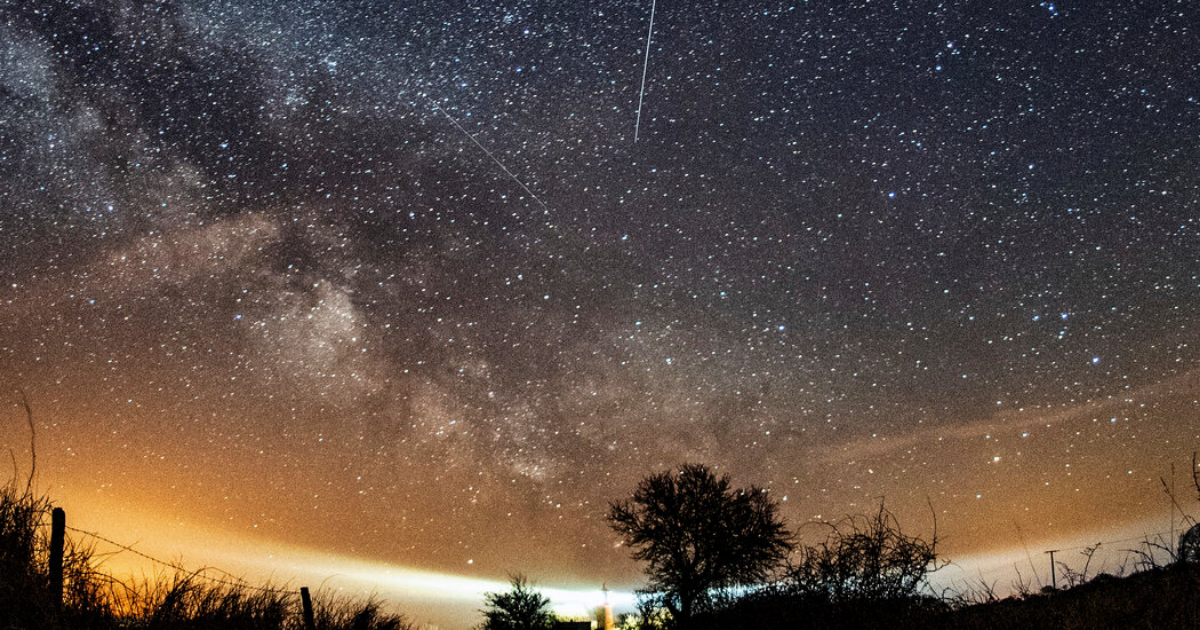Our universe might be chock-full of cosmic wonder, but you can observe only a fraction of astronomical phenomena with your naked eye. Meteor showers, natural fireworks that streak brightly across the night sky, are one of them.
The latest observable meteor shower will be the Lyrids, which has been active since April 15 and is forecast to continue until April 30. The shower reaches its peak April 21 to 22, or Monday night into Tuesday morning.
Best seen from the Northern Hemisphere, the Lyrids are caused by the dusty debris from a comet named Thatcher and spring from the constellation Lyra.
During this year’s period of peak activity, viewers may have a more difficult time seeing meteors from this shower because the moon will be 40 percent full.
Sources: NOAA/National Blend of Models (cloud cover); MapLibre (map rendering); Natural Earth (roads and labels); Protomaps (map tiles)
By William B. Davis, Joel Eastwood and Joey K. Lee
States bordering the western bank of the Mississippi River may have good odds of glimpsing a few fireballs. But thick cloud cover is expected over all the states east of the river. Tuesday night, when the shower is still active but past its peak, looks slightly better for the eastern half of the U.S.
Thank you for your patience while we verify access. If you are in Reader mode please exit and log into your Times account, or subscribe for all of The Times.
Thank you for your patience while we verify access.
Already a subscriber? Log in.
Want all of The Times? Subscribe.
